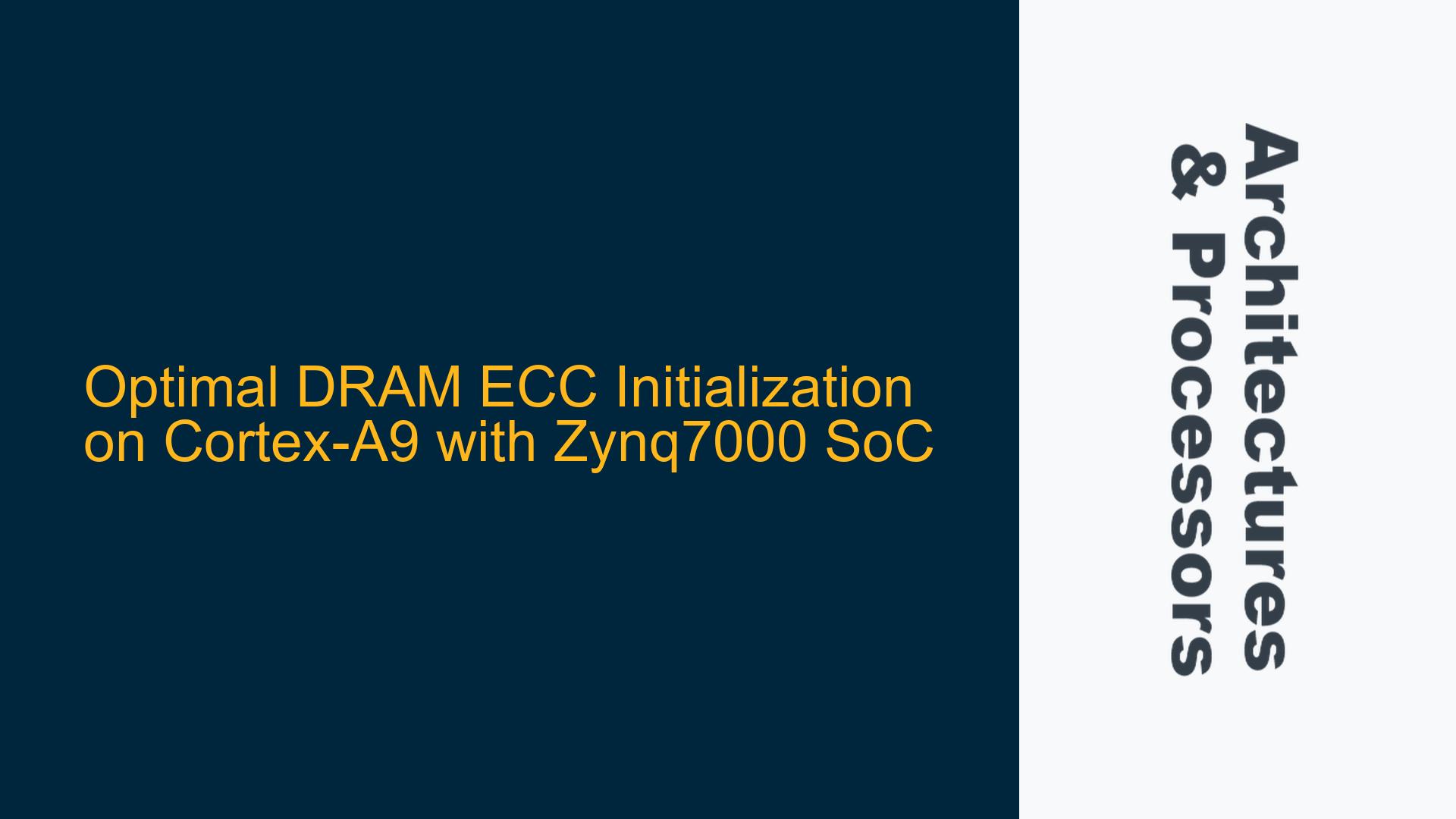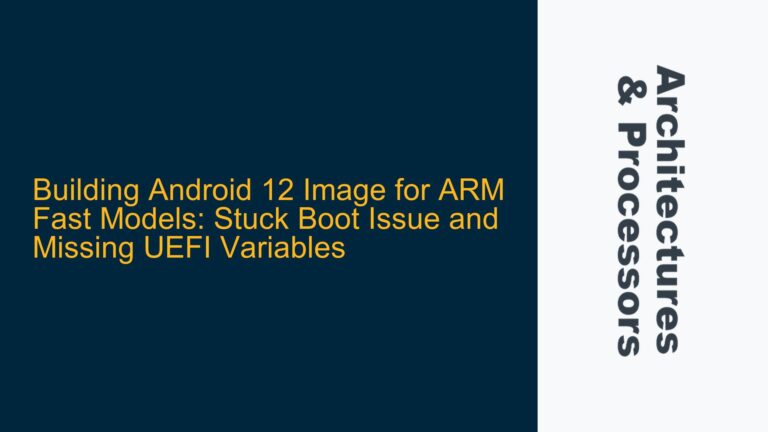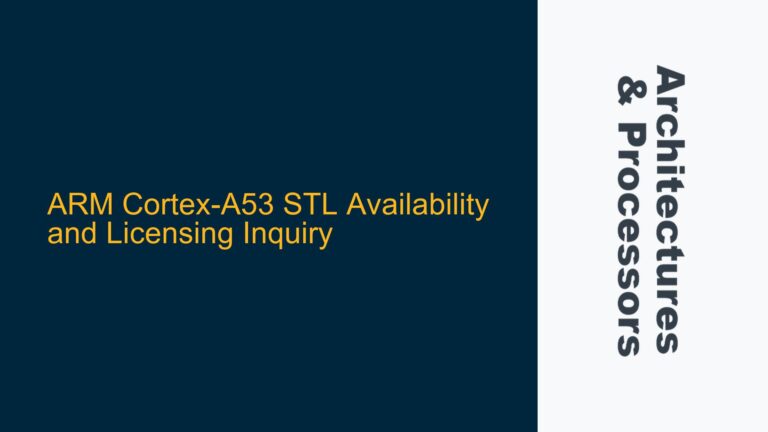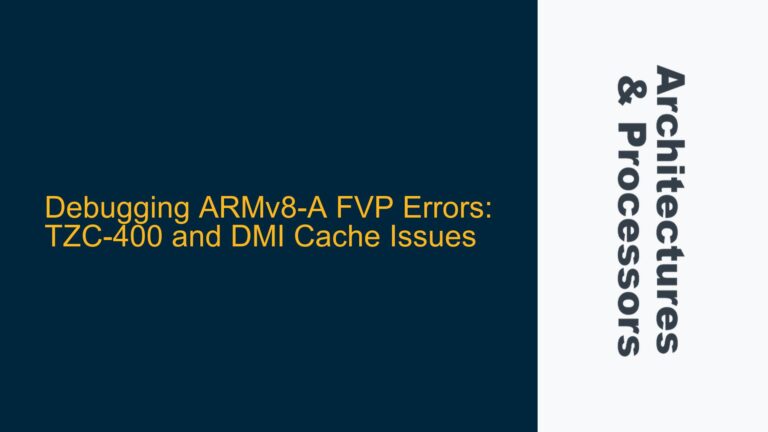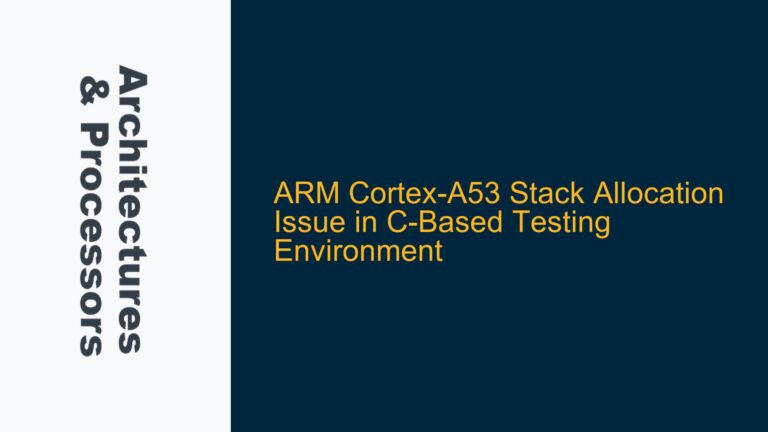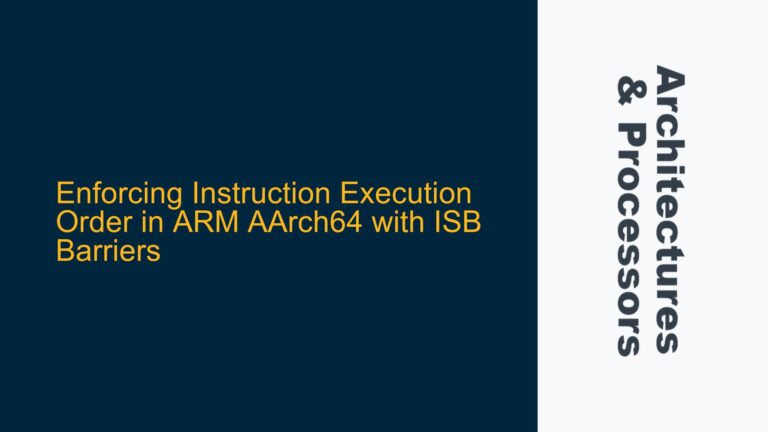DRAM ECC Initialization Challenges with Cortex-A9 and Write-Allocate Caches
The initialization of DRAM ECC (Error Correction Code) on a Xilinx Zynq7000 SoC featuring a dual-core ARM Cortex-A9 processor presents a unique set of challenges, particularly due to the interaction between the processor’s cache architecture and the DRAM controller. The Cortex-A9’s L1 data cache is configured as write-back, write-allocate, which means that any store operation to a memory location not already present in the cache will first trigger a cache line fill. This behavior becomes problematic during DRAM ECC initialization, as the cache line fill operation will attempt to read uninitialized data from the DRAM, leading to ECC uncorrectable errors and subsequent exceptions.
The primary issue arises from the fact that the Cortex-A9’s cache architecture is optimized for typical workloads where data locality is high. However, during DRAM ECC initialization, the access pattern is entirely sequential, and there are no cache hits. Every store operation results in a cache miss, triggering a read from the DRAM. Since the DRAM contains uninitialized data, the ECC check fails, causing an exception. This behavior effectively stalls the CPU, as it must handle the exception for every cache line fill operation.
Furthermore, the Cortex-A9’s AXI interface generates single-beat transactions (burst length of 1) for CPU-initiated stores, which is inefficient for large-scale memory initialization tasks. In contrast, DMA (Direct Memory Access) engines can generate burst transactions with a much higher burst length (e.g., 16), significantly improving throughput. However, the use of DMA for DRAM ECC initialization introduces its own set of complexities, particularly when dealing with the first 1MB of memory, which may be mapped to On-Chip Memory (OCM) rather than DRAM.
Cache Coherency and DMA Constraints in DRAM ECC Initialization
The challenges of DRAM ECC initialization on the Cortex-A9 are further compounded by the constraints imposed by the cache coherency mechanisms and the DMA engine’s limitations. The Cortex-A9’s L1 data cache is write-allocate, meaning that any store operation to a memory location not present in the cache will first load the corresponding cache line from DRAM. This behavior is problematic during DRAM ECC initialization, as the cache line fill operation will attempt to read uninitialized data from the DRAM, leading to ECC uncorrectable errors.
The DMA engine, while capable of generating high-throughput burst transactions, is constrained by the memory map configuration. Specifically, the first 1MB of memory is typically mapped to OCM rather than DRAM, and this region cannot be accessed by the DMA engine. This limitation necessitates careful planning of the memory initialization process, particularly when using DMA for ECC initialization. Additionally, the DMA engine’s source and destination address configurations must be carefully managed to ensure that the correct memory regions are accessed.
Another consideration is the timing of cache invalidation and data synchronization barriers. When using DMA for DRAM ECC initialization, it is essential to ensure that the cache is invalidated before the DMA operation begins, to prevent any stale data from being written back to the DRAM. Similarly, data synchronization barriers must be used to ensure that all DMA transactions are completed before the cache is re-enabled. Failure to properly manage these operations can result in data corruption and ECC errors.
Implementing Efficient DRAM ECC Initialization with DMA and Cache Management
To implement an efficient and robust DRAM ECC initialization process on the Cortex-A9 with Zynq7000 SoC, a combination of DMA and careful cache management is required. The following steps outline the recommended approach:
-
Disable the L1 Data Cache: Before beginning the DRAM ECC initialization process, the L1 data cache must be disabled to prevent cache line fill operations from triggering ECC errors. This can be achieved by modifying the CP15 Control Register to disable the cache. Disabling the cache ensures that all store operations are directly written to the DRAM, avoiding the need for cache line fills.
-
Configure the DMA Engine: The DMA engine should be configured to perform high-throughput burst transactions to initialize the DRAM. The source address should be set to a fixed location in OCM, while the destination address should be set to the start of the DRAM region. The DMA engine should be configured to increment the destination address but not the source address, ensuring that the same data is written to the entire DRAM region.
-
Invalidate the Cache: Before starting the DMA operation, the cache should be invalidated to ensure that no stale data is present. This can be achieved using the CP15 cache maintenance operations, specifically the "Invalidate Data Cache" instruction. Invalidating the cache ensures that any previously cached data is cleared, preventing it from being written back to the DRAM during the initialization process.
-
Perform the DMA Transfer: Once the cache is invalidated and the DMA engine is configured, the DMA transfer can be initiated. The DMA engine will generate high-throughput burst transactions to initialize the DRAM, significantly improving performance compared to CPU-initiated stores. The DMA transfer should be monitored to ensure that it completes successfully.
-
Re-enable the Cache: After the DMA transfer is complete, the cache can be re-enabled by modifying the CP15 Control Register. Re-enabling the cache restores the Cortex-A9’s normal operation, allowing it to take advantage of the cache for subsequent memory accesses.
-
Verify the DRAM Initialization: Finally, the DRAM initialization should be verified by performing a read-back operation. This ensures that the DRAM has been correctly initialized and that the ECC is functioning as expected. Any errors detected during the read-back operation should be investigated and corrected.
By following these steps, the DRAM ECC initialization process can be optimized for performance and reliability on the Cortex-A9 with Zynq7000 SoC. The use of DMA for high-throughput burst transactions, combined with careful cache management, ensures that the DRAM is initialized efficiently and without triggering ECC errors. This approach is particularly well-suited for systems where the first 1MB of memory is mapped to OCM, as it avoids the limitations of DMA access to this region.
In conclusion, the initialization of DRAM ECC on the Cortex-A9 with Zynq7000 SoC requires a thorough understanding of the cache architecture, DMA engine, and memory map configuration. By carefully managing the cache and leveraging the DMA engine’s capabilities, it is possible to implement an efficient and robust DRAM ECC initialization process that avoids the pitfalls of cache line fill operations and ECC errors. This approach ensures that the DRAM is correctly initialized, providing a solid foundation for reliable system operation.
